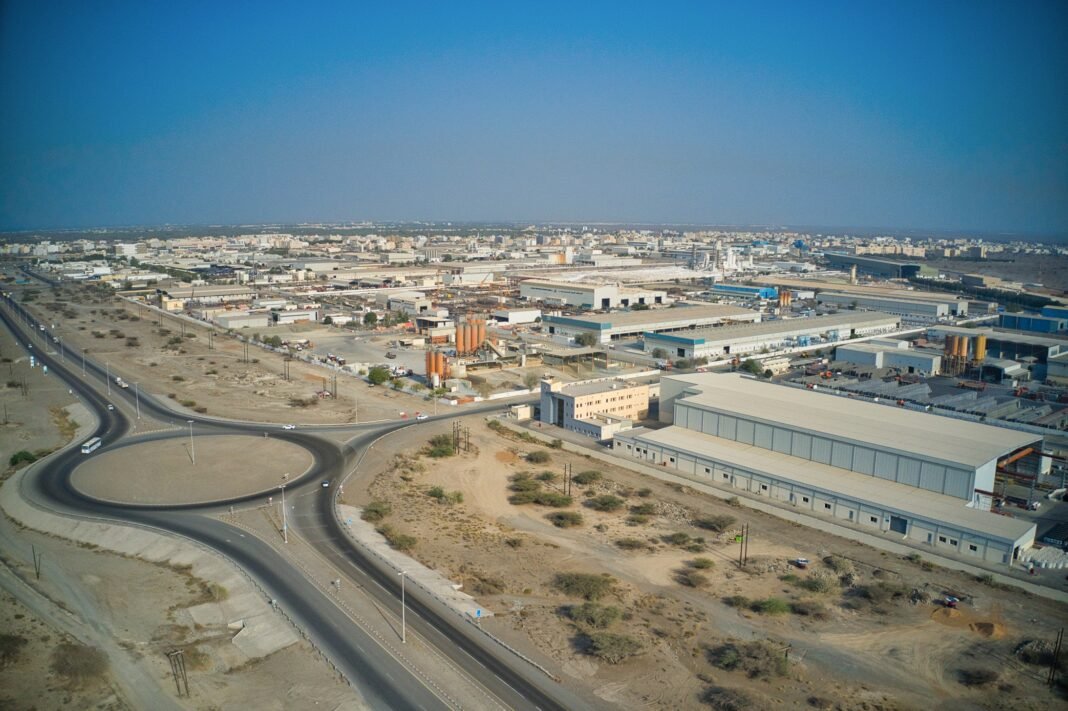Oman’s economy is accelerating thanks to rapid progress in the Omani manufacturing sector. Strategic reforms and strong policies have driven both exports and foreign investment. These efforts highlight the country’s commitment to industrial development.
Government initiatives continue to support growth in the Omani manufacturing sector. Simplified procedures, local incentives, and investor-focused programs have boosted performance across key industries. As a result, Oman has attracted record levels of foreign direct investment.
Officials have emphasized the importance of creating a competitive business environment. Industrial zones and free zones now offer better services and smoother operations. These improvements make it easier for investors to launch projects and scale operations.
Several industries have led this momentum. Petrochemicals and electrical conductors posted strong gains, while iron and aluminum continued steady growth. Cement producers reduced losses, and tile factories began to recover from recent challenges.
Meanwhile, the food and beverage sector also saw strong progress. Mills and soft drink companies increased profits through better efficiency and strong regional demand. These results show how targeted support can deliver real business success.
The government also rolled out financial incentives, cost-saving plans, and logistics support. These programs helped increase production and reduce operational burdens. These changes play a key role in advancing the Oman manufacturing sector.
Oman’s non-oil exports also climbed steadily, driven by higher manufacturing output. The UAE, Saudi Arabia, and India ranked as top buyers of Omani products. All three markets posted double-digit import growth, reflecting regional trust in Omani goods.
Investors are also showing interest in emerging sectors. These include renewable energy, mineral extraction, and food processing. The medical and industrial technology fields also attracted strong attention from international firms.
Authorities remain focused on Omanization by promoting local hiring in all industrial areas. This supports job creation and helps train a new generation of skilled workers. Industrial expansion in free zones supports these national goals.
Improved legal frameworks have made it easier for businesses to operate in Oman. The government reduced red tape, streamlined approvals, and offered greater transparency. These reforms build investor trust and boost long-term stability.
In conclusion, with higher investment, rising exports, and steady reforms, Oman’s manufacturing sector continues to thrive. Nevertheless, this growth strengthens the national economy and builds long-term trade opportunities across the region.





